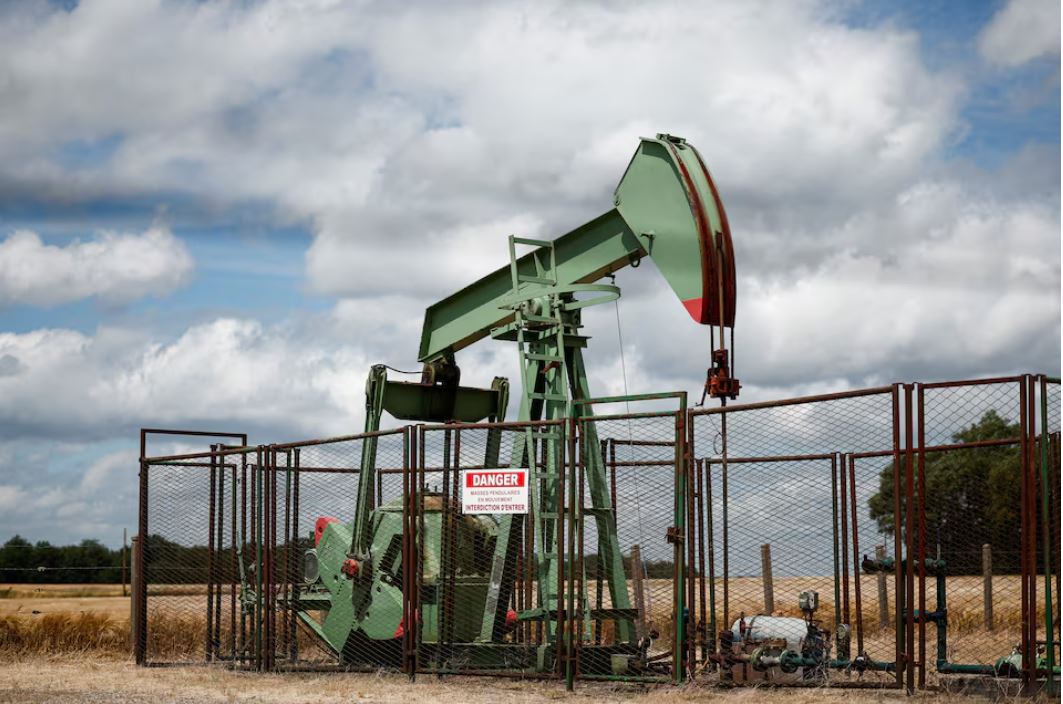Oil prices faced a tumultuous period, torn between fears of waning demand and the specter of supply disruptions. Despite the onset of summer in the Northern Hemisphere, the customary uptick in fuel consumption failed to materialise. This underperformance, coupled with apprehensions surrounding China’s economic slowdown, prompted analysts to revise their demand projections downward. Consequently, oil prices plummeted to a six-week low on Tuesday, reflecting prevailing market pessimism.
However, Wednesday brought a glimmer of hope as prices staged a modest recovery following a three-day descent. The resurgence was propelled by two pivotal developments: a notable decline in U.S. crude oil inventories, suggesting ongoing demand resilience, and wildfires in Canada disrupting oil production, potentially curbing supply.
Market sentiment remains divided regarding future prospects. Some industry experts argue that current oil prices are undervalued, anticipating a resurgence driven by looming supply shortages later in the year. The imminent release of official U.S. oil inventory data on Wednesday holds significant sway over short-term price trajectories, with market participants eagerly awaiting its impact.
The dynamic interplay between demand uncertainties and supply disruptions continues to define the oil market landscape. As investors and analysts scrutinise economic indicators and geopolitical developments, the balance between supply adequacy and demand resilience will likely dictate the trajectory of oil prices in the coming months.



